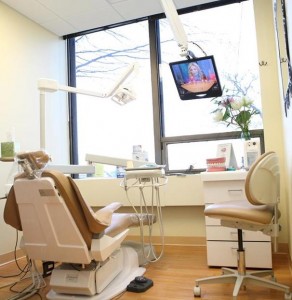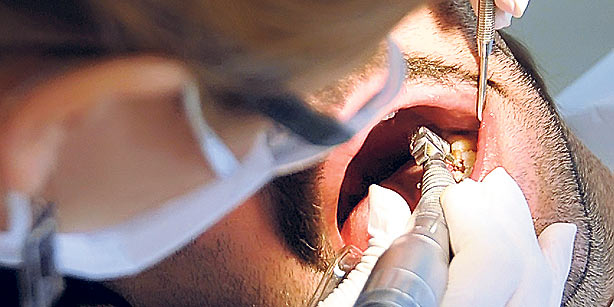Costa Rica News – Mariela Aparicio is trying to fight to to become the first Costa Rican woman to hold the title of Miss Earth and she has quite the support system behind her to try to gain this title. Miss Earth is an annual international beauty pageant promoting environmental awareness.
Miss Earth is one of the three largest beauty pageants in the world in terms of the number of national-level competitions to participate in the world finals.
Those who participate in the pageant are involved with humanitarian and environmental causes. The pageant winner is expected to be involved in international projects, which are also promoted during the pageant’s broadcast. The delegates also take part in tree planting ceremonies, environmental and cultural immersion programs, sponsor visits and tours.
We can only hope that Mariela Aparicio can win this title and bring some calm into the environmental storm that has taken place in Costa Rica over the past month with the death of Jairo Mora.
For the young native of Perez Zeledon and is not new to the international stage. In 201o she was among the semifinalists of Miss International in China.
“I think it will help me paint the picture of the country. Also I will take all my experience fro the Miss International pageant. All this experience helps me to have the knowledge of what the judges are looking for the contest. I’m going to compete. My purpose is to bring the crown to Costa Rica, ” she said.
Mariela has quite a support system behind her trying to help her achieve the goal of capturing the Miss Earth crown.
Aparicio receives gateway classes, interview practice and professional photography. She is also working on an environmental project, which she must present at the competition.
Renowned dentist to the Costa Rica stars Dr. Luis Kaver is helping the Miss Earth contestant make sure she has the most beautiful smile in the contest. Dr. Kaver also performs dental implants, porcelain veneers and other cosmetic dentistry for dental tourists in Costa Rica.
source: http://www.costaricantimes.com / The Costa Rican Times / Home > Costa Rica News / by Hazel Diaz / Monday – June 10th, 2013




